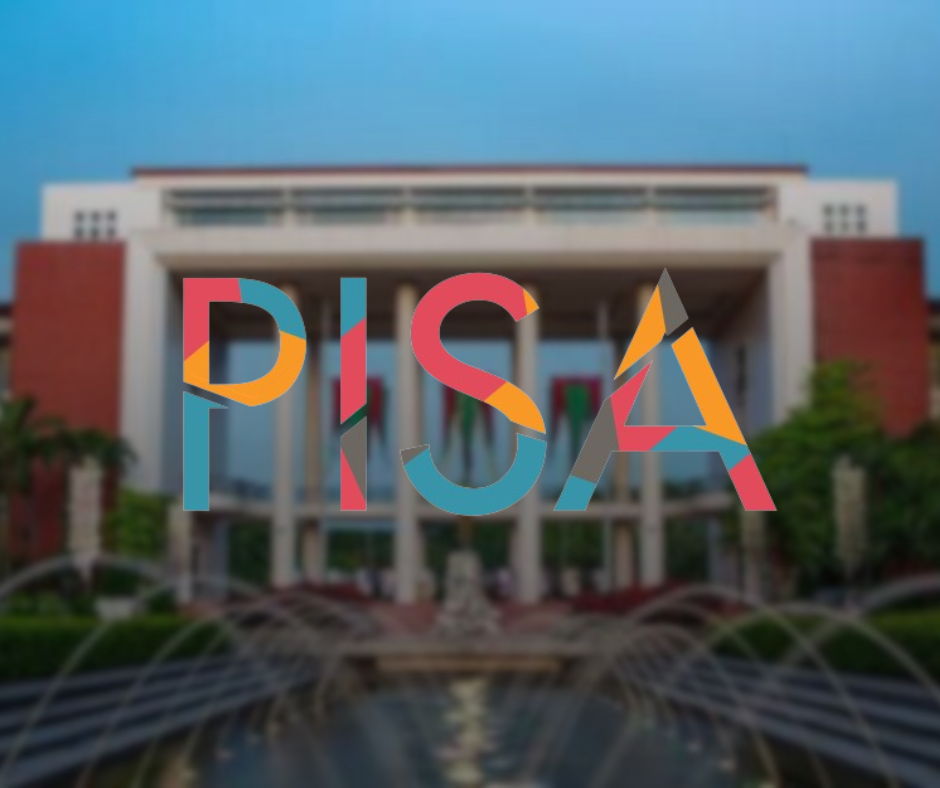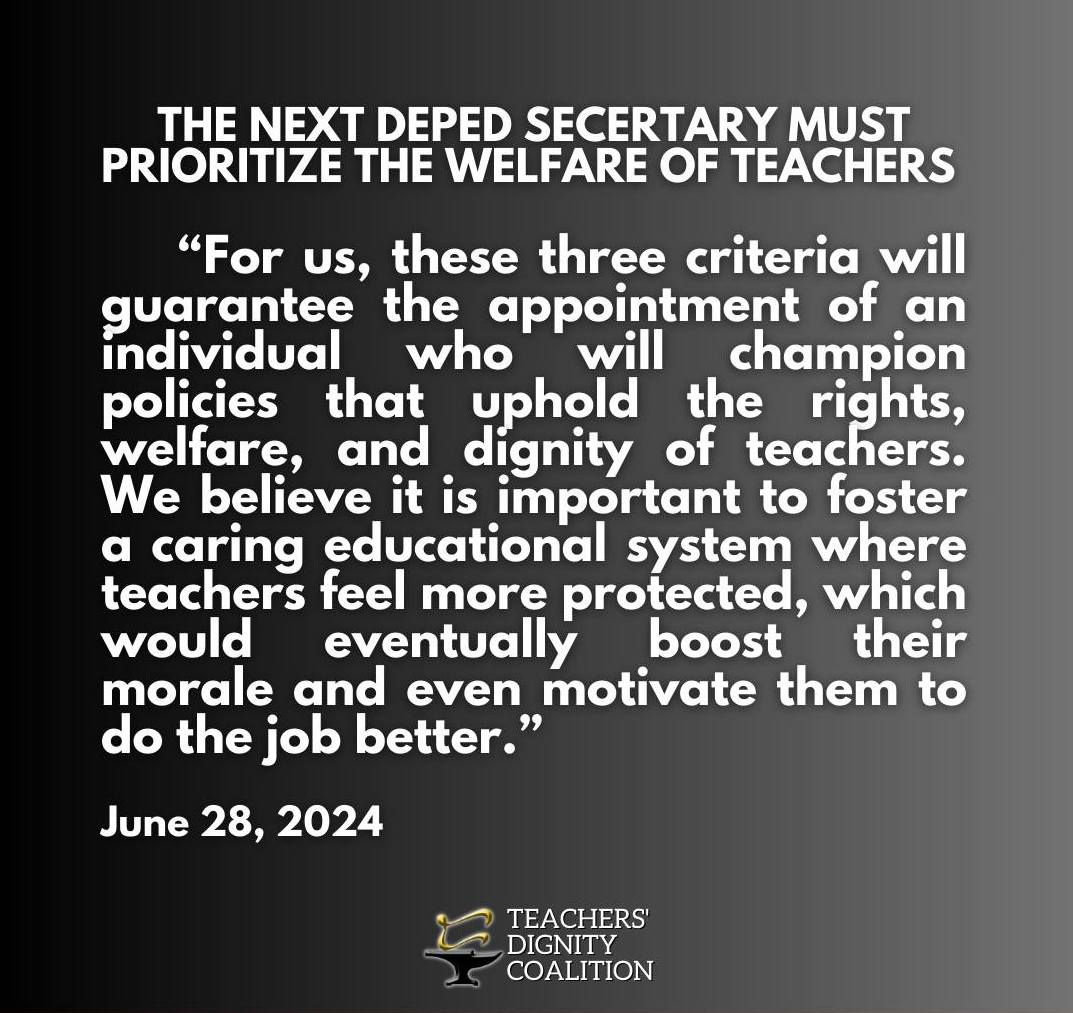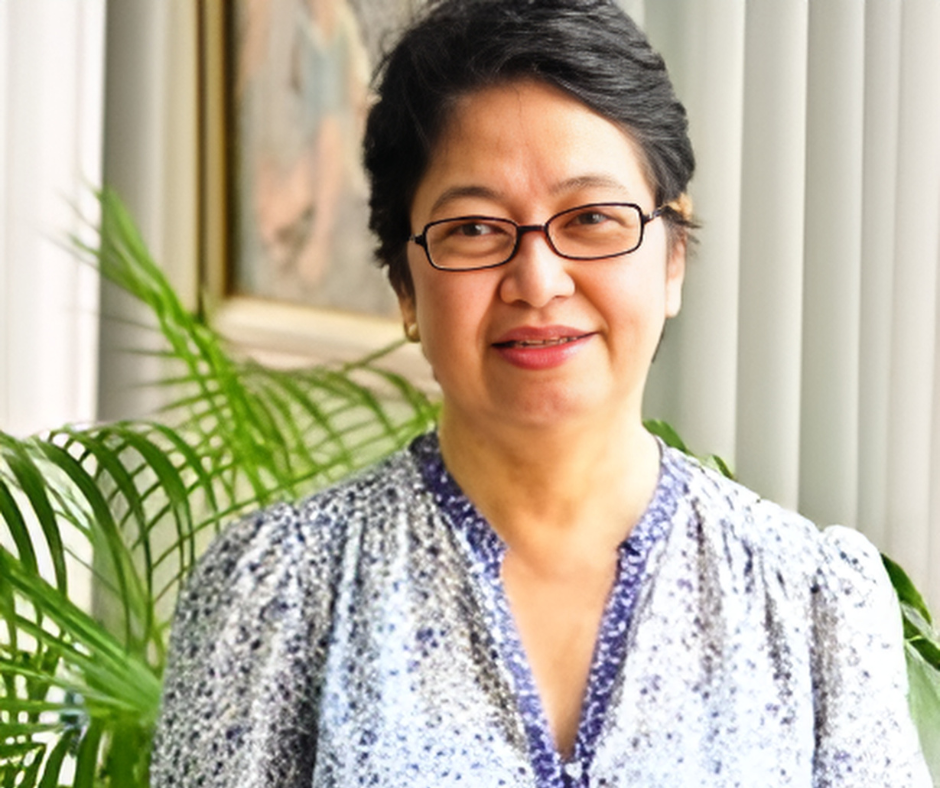Is the use of English to blame for PH’s dismal creative ranking in PISA?
Professors say it is.

Professors from the University of the Philippines (UP) have attributed Filipino students’ poor performance in the 2022 Programme for International Student Assessment (PISA) creative thinking test to a lack of proficiency in English among Filipino students.
Novelist and UP Professor Ramon Guillermo, said the question of which language was used for the test is a major point of concern.
“Malaking problema, kundi man pinakamalaking problema, sa pinag-uusapang exam na PISA ang wika. Paano naman kaya magiging creative [o] mapanlikha kung hindi mo maintindihan ang tanong? At hindi mo maipahayag nang maayos ang sarili sa wikang gamit para sa sagot? [Language is a major problem, if not the biggest problem, in the PISA exam being discussed. How can one be creative if they don’t understand the question? And how can they express themselves properly in the language used for the answers?]” Guillermo said in a post.
Citing data from a 2013 study by the United States Agency for International Development, Guillermo said the national average scores of Grade 3 students varied greatly when assessed for their reading comprehension on two short stories — one in English and one in Filipino. Students’ scores averaged 32% for the English assessment while this figure more than doubled to 73% for the short story in Filipino.
While children who are strong readers in Filipino also tend to be strong readers in English, there is an exception in reading comprehension. The study said even the top performers in all other skill areas — oral reading fluency and listening comprehension, among others — are still only averaging 55% comprehension when it comes to English.
“Awtomatikong bagsak na bagsak sa Ingles ngunit awtomatikong pasado naman sa Filipino (na tunay na madaling mapapaghusay at mapapagaling pa). Sa madaling salita, binobobo natin (at tinatrato nating bobo) ang mga batang Pilipino sa pinakamahahalagang taon ng kanilang pagkatuto [Automatically failing in English but automatically passing in Filipino (which can truly be improved and mastered). In other words, we are dumbing down (and treating as dumb) Filipino children during the most crucial years of their learning],” Guillermo added.
UP Professor Maria Mercedes “Ched” Arzadon explained that every country surveyed in the PISA test was allowed to choose the appropriate language to use. The professor expressed dismay over the Philippines’ choice of using English instead of Tagalog.
“Dapat naiintindihan ng mga bata kung ano `yung tanong,” My stand… As a teacher, the test should be valid. The children should understand the questions so they can comprehend them],” the professor explained in an interview with DZMR on Wednesday, June 27.
“Unfortunately, ang pinili ng ating gobyerno, ewan ko ba, ay English. Eh ang hihirap ng mga tanong. Sa atin, ang English sa atin ay social English [Unfortunately, our government, I don’t know why, chose English. The questions are so difficult. For us, English is social English],” Arzadon conveyed.
“Hindi tayo ‘yung tipo ng gagamit ng English para magsulat ng thesis. Hindi ‘yong academic [We are not the type to use English for writing a thesis. Not for academic].”
She added that while Filipinos are recognized for their creativity and resourcefulness, their abilities could also be better assessed through oral or performative tests rather than English written exams.
Arzadon was reiterating her points raised in an earlier Facebook post where she expressed dismay in using English for the PISA 2022 test.
In the post, Arzadon explained that PISA standards mandate the exclusion of students who are not native speakers of the assessment language and those with limited proficiency in the language from taking the test.
In a separate post, Guillermo reiterated that reading comprehension and creativity tests are “meaningless” as long as those are being conducted in the English language.
“We are only deceiving ourselves with such practices,” Guillermo added.
Earlier, the PISA 2022 result for creative thinking test showed that 15-year old students from the Philippines scored 14 points on average, far below the Organization for Economic Cooperation and Development average of 33.


